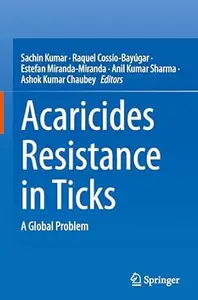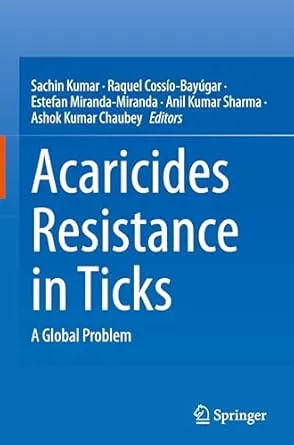Acaricides Resistance in Ticks: A Global Problem
English | 2025 | ISBN: 9819774101 | 339 Pages | PDF (True) | 9 MB
English | 2025 | ISBN: 9819774101 | 339 Pages | PDF (True) | 9 MB
This book discusses the significance of the chemical acaricides resistance in ticks as a global problem. Resistance is the ability of a tick population to survive and reproduce in the presence of a pesticide that would otherwise be lethal. This resistance threatens the efficacy of a range of acaricides used to control tick populations and consequently, has a negative impact on the effectiveness of various pest management strategies. This resistance is caused by the selection of resistant tick genotypes and enhanced metabolic detoxification. To address this problem the book explores an integrated approach that is needed to identify and manage tick populations that are resistant to acaricides, as well as identify and develop novel acaricides that are effective against resistant tick species populations.



